The History of Incino
1946 – 1960: Postwar
1946
On the night of November 29 Luigi Grando falls into a ravine by the Col di Menat and dies. He was discovered the following evening after the whole village was mobilized to find him.
1947
On February 4th, there is a heavy snowfall: 1.3 meters of snow. The residents are hesitant to go up to the roofs to clear the snow.
There are two weddings in good standing this year, with bells ringing—whereas during the war there had been some weddings in dubious standing and the curate was forced to wed them early in the morning, at 7:00, without bells, without pomp, out of shame (the brides were pregnant). Prayers and insistence had been worthless; nevertheless, the law must be applied equally to all.
1948
In the 1948 census, the population of Incino is 218.
On June 26, Friar Minor Angelo Grando is consecrated in Venice. He was born in Incino (Tanisoi) on July 15, 1922 to Virgilio Grando and Cecilia Zancanaro, and he will assume the name of Father Evangelista after being consecrated by then-Patriarch Adeodato Piazza in the church of the Madonna della Salute.
On November 10, 1948, Don Carlo Marini left Incino. The good priest bore the cross for over six years on Incino’s cliff, like a solitary hermit in the desert, suffering solitude, misunderstandings, discomfort of every kind, even malnourishment. He was finally relocated after repeated petitions, putting an end to his long ordeal and allowing him to rehabilitate his faltering health.
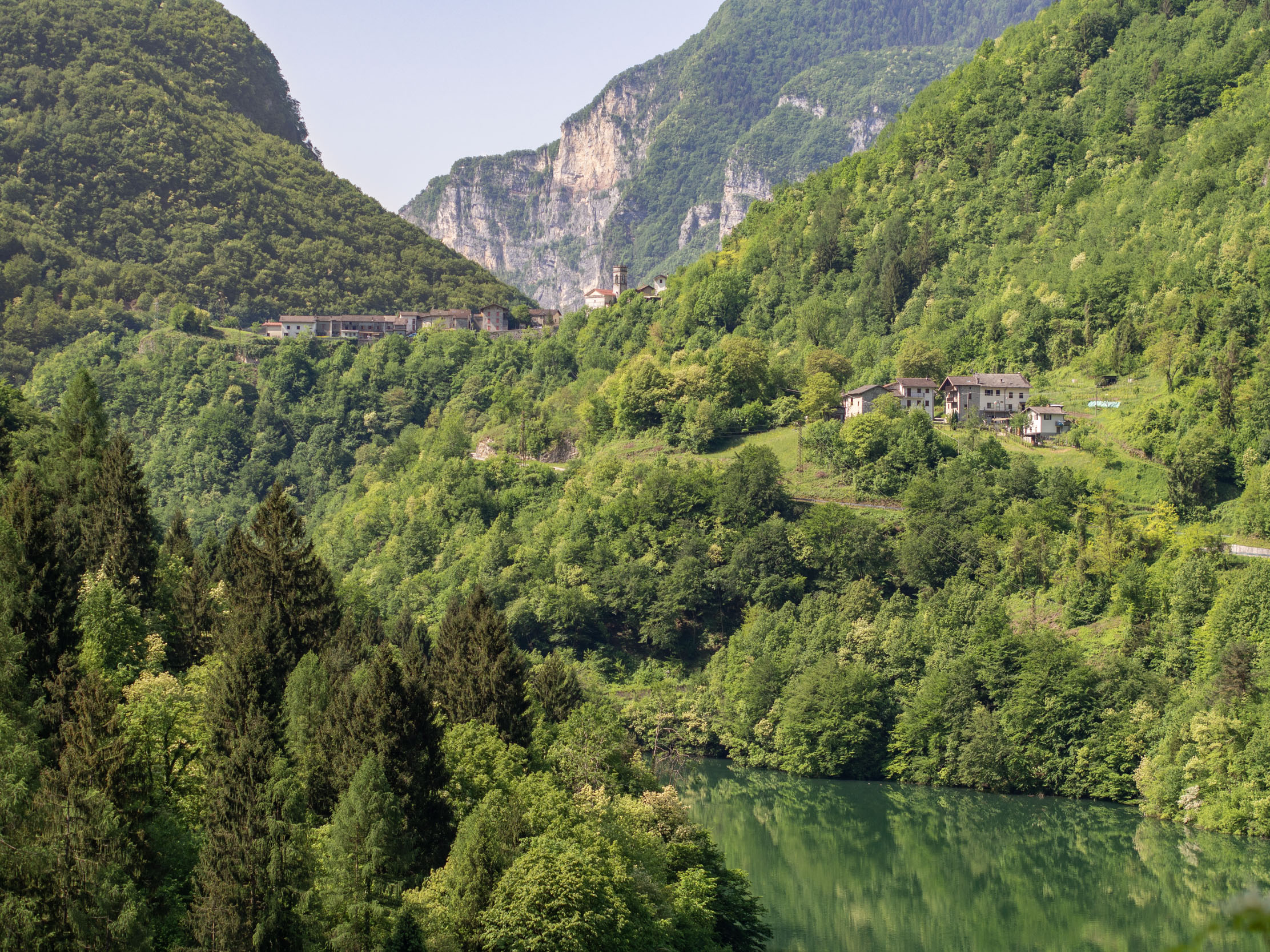
Meanwhile, with a letter to Rocca’s pastor from Bishop Bordignon, Don Cesare Zoccoletto, a chaplain in Rocca, was appointed as provisional vice curate with all its honors and responsibilities. He remained until July 27, 1949 when he was appointed pastor of Collicello di Valstagna.
1949
March 2
On the first day of Lent, the ashes were blessed and distributed. The church was packed with worshippers. Pope Pius XII’s decree on fasting and abstinence was announced, which brought both back after 7 years’ suspension due to war and famine.
April 19
The local census shows there to be 217 inhabitants in Incino, one fewer than last year. The number of residents outside the village for work or abroad is 53. There are 62 families.
May 18
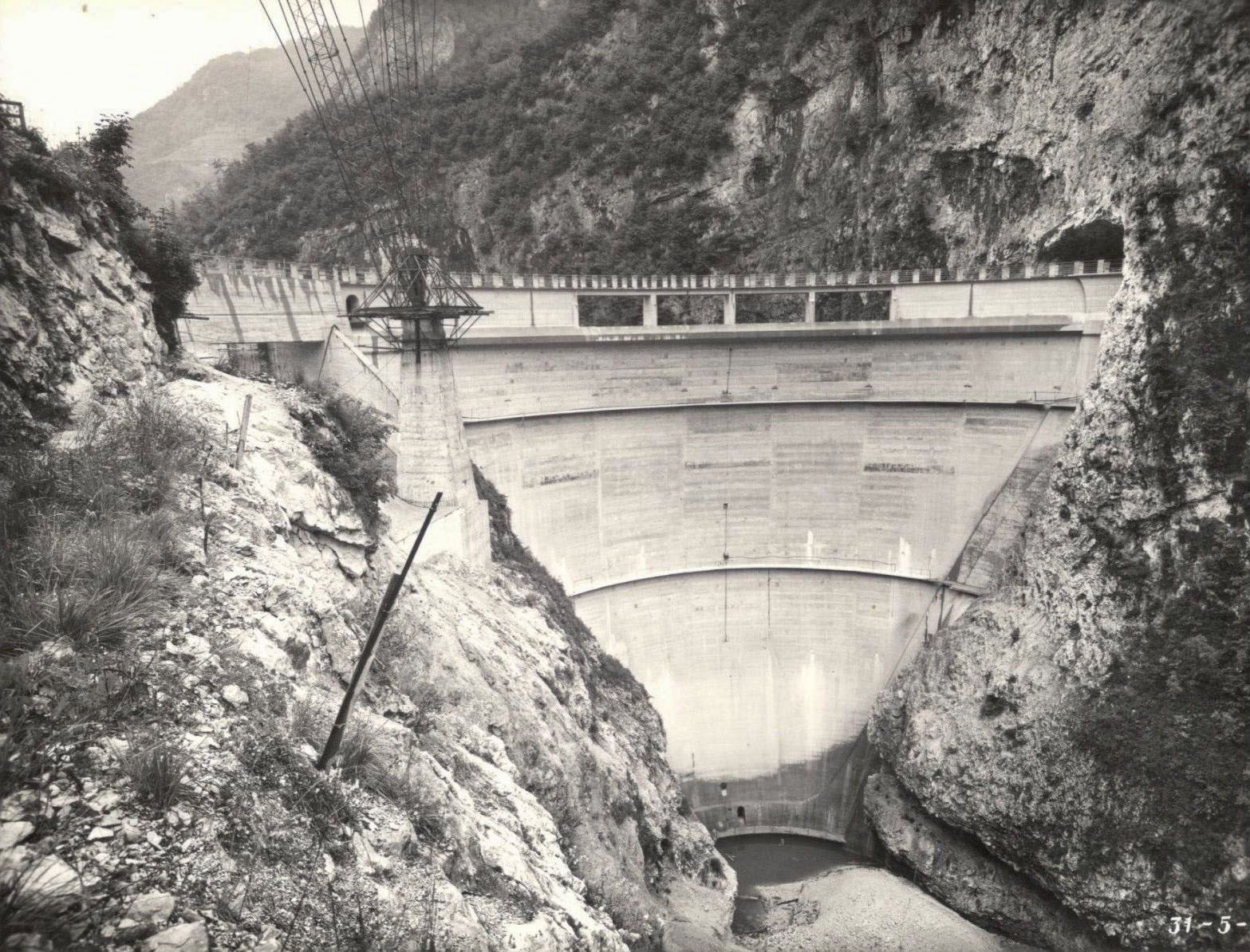
At 6:00 P.M., Don Cesare, in the presence of technicians and builders, blesses the beginning of work on the dam. The start of construction led to considerable anticipation for the thousands of promised jobs, but then only 250 people were actually hired. The residents of Incino and Rocca were appalled.
Two firms start work in two different places—the Smirrel Company embarks on the structuring of the dam by the Pria Bridge, while the Saici Company starts the same work 300 meters farther south, where the dam will actually end up rising. This melodrama, with its consequent waste of public money, goes on for several months with corresponding piques between the two companies. The matter is finally resolved on November 12th when the two companies merge and become La Basso Cismon-S.I.I.A (Società Idroelettrica Irrigazione per Azioni, or Hydroelectric Irrigation Joint-Stock Company), which will complete the project and then transfer management to Selt Valdarno and then Enel in 1963.
May 22
49 people from Incino, led by the vice curate, take a bus on a pilgrimage to the Blessed Virgin of Monte Berico.
July 5: The Passage of the Madonna Pellegrina
At 9:30 P.M. the population goes to Laste, the border between Incino and Rocca, to receive the statute of the Madonna Pellegrina. Amid torches and bonfires the procession arrives at church at 11:15 P.M., then the women are dismissed and at 12:30 A.M. mass begins. Vigil is kept until 4:00, when the women start to flock back in. On July 6, the morning and afternoon are full of celebrations. At 5:30 P.M. there is a solemn closing ceremony with a sermon over loudspeaker on the church piazza, and at 8:30 P.M a procession leads the statue back to Laste to be returned to Rocca’s pastor.
The number of communions is extremely high: 180 over 215 residents—only four people are not presented the sacraments: two for living in sin, one was in the mountains, one due to indifference.
July 31
Four days after being appointed pastor of Collicello di Valstagna, Don Cesare came back to greet the population of Incino, confessing that he was getting along quite well.
August 10
A new curate was appointed, Don Antonio Pavan, born March 29, 1913.
Don Antonio served in Incino from August 10, 1949 to June 4, 1957 and departed the village with many cherished memories, since it was here where his parents prepared for their final journey.
This is his complete account of his time spent in Incino:
A large group of people longing for a more Christian life—even among the carefree or unruly youngsters—has ardently longed for a permanent priest in Incino so that he may warn the wicked, guide the straying, and sustain the good. This group of good people has been a sound help to me in my mission. In many people I’ve found a great love for their church, for the traditional holidays of the village. I discovered right away, though, that almost all the youth were poisoned by the unchaste vice of blasphemy—there are 3- to 4-year-old children who blaspheme continually, out of great carelessness and a demonic spirit of independence from their parents and priest.
I later discovered that the origins of these ills were ancient and now were spreading rapidly through dancing, obscene printed material, illicit flirtations, and bad examples.
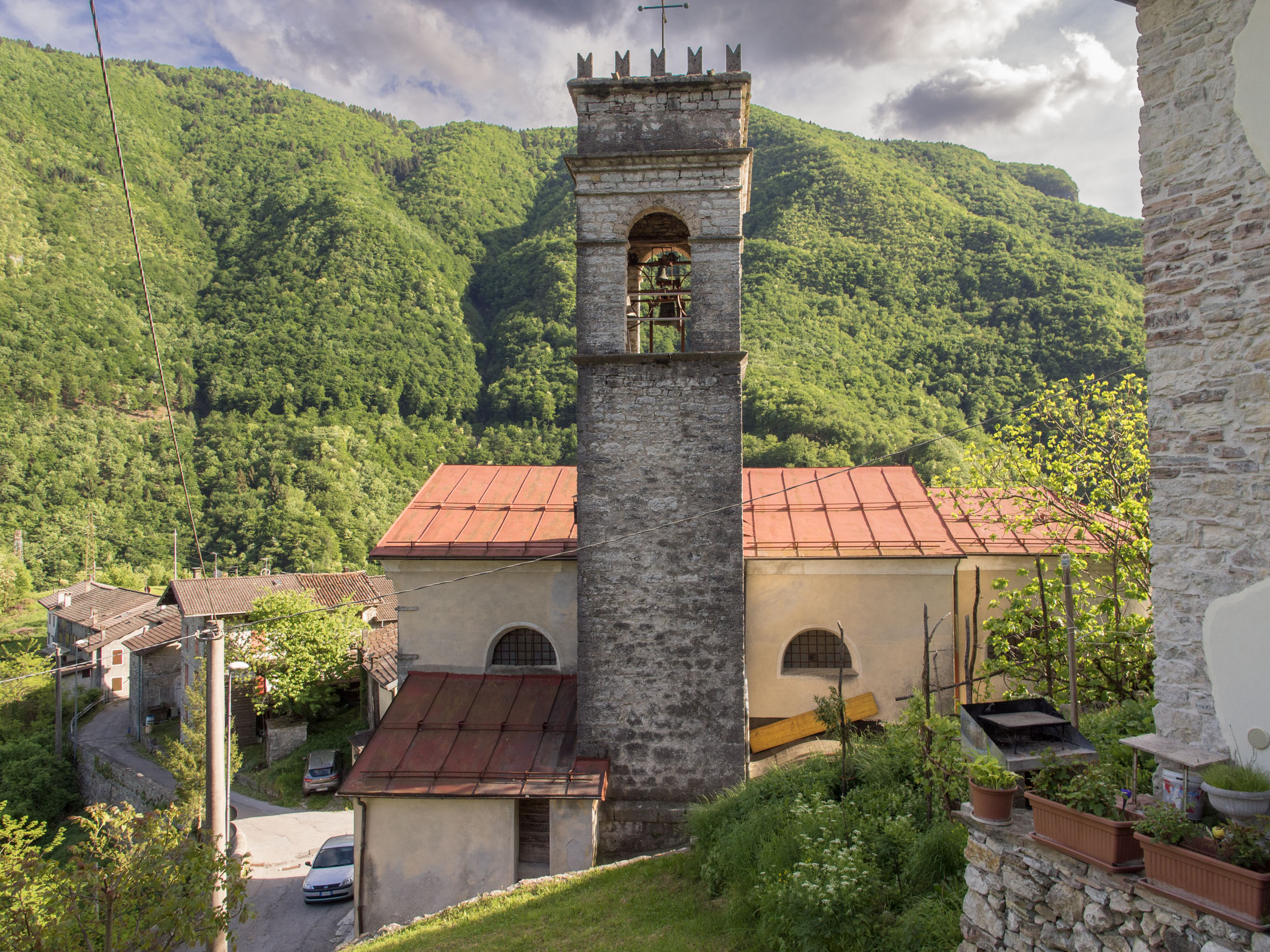
The cause of an even more appalling moral collapse can be laid on the transit of German troops, American troops, partisan resistance fighters, and workers building the dam. The unfiltered everyday language of these workers was seasoned with enormous blasphemies, heresies, and impure expressions. There were 6 illegitimate children, 4 separations, and 1 case of concubinage. The Sundays during this period were almost always profaned by work. I’m not tired of repeating to my parishioners, “I am afraid to be in your presence because I’m going to get struck by the divine punishments for your blasphemies.”
Without a doubt, these tragic examples have substantially shaken the religiosity of Incino’s population.
Another more insidious danger has been Protestantism, which, with its covert, widespread propaganda, had been taking in numerous families. To halt its momentum, and to treat all these moral wounds, a robust Marian spirit is now emerging, which is yielding excellent results and will only yield still more. The annual remembrance of the Madonna Pellagrina, with three days of preaching and a final procession of the Virgin by night, lit by thousands of candles, has sustained the good, won over the wavering, and exposed the wicked in their barbaric views. It has been, I believe, a truly providential thing! More than a few have concurred, through the spreading of goodness and good printed material—29 copies of Christian Family now come to Incino, 10 weekly “La Difesa del Popolos,” and almost 100 newspapers for the members of Catholic Action.
In another area, I’ve expended much energy and used harsh words, including from the pulpit, to convince the men of Incino not to support political parties in conflict with the Church, namely the PCI and the PSI, and here I have borne fruit. Almost the the whole population is Christian Democratic—in the last elections it voted Christian, and in the spirit of these times, I’ve tried to illustrate with evidence and facts the great danger of Communism, instilling in everyone that it is our duty to fight and beat this satanic Marxist ideology.
For the liturgy, a cart was built to carry saints in procession at a cost of £99,000. The belfry was made of wood and about to collapse, so a new iron one was built, with iron knockers and full wheels.
1954
The first motorcycles are seen in Incino this year. In the spring, Giacomo Zancanaro (“di Miglio”) bought a Vespa 125. In August, just after buying a Lambretta, Anselmo Vich (“Selmino”) is the victim of a fatal crash: he slams into a van in front of Cismon’s train station, and he will die from severe head injuries soon after in the clinic of Dr. Fanzago. He is the first person from Incino to die in a traffic accident.
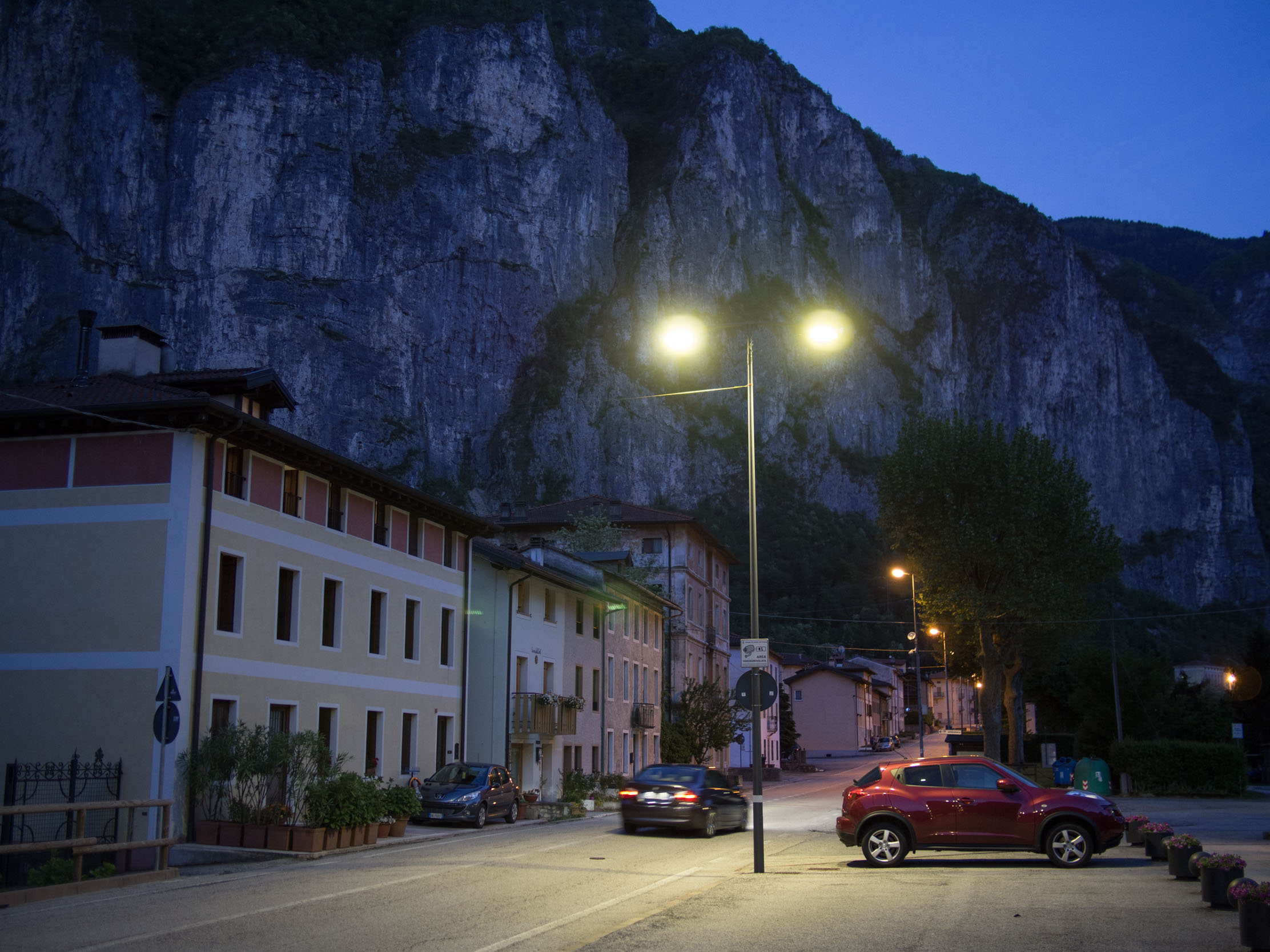
1955
In this year’s elections Domenico Zancanaro (“Meno from Appolina”) was elected as a town councilman and remained in office until 1960. Later on, two other men from Incino were elected to the council: Claudio Nardino from 1980 to 1985 and Nello Zancanaro from 1990 to 1995—the latter will also serve as Ecological and Environmental Assessor for several years.
In the 1955–1956 school year, Incino’s school counted 24 pupils and 2 teachers.
1956
The director of studies Dr. Pietro D’Angelo, following the inclusion of our township in Plan B, encouraged the government to start developing a new school building. The township allocated £500,000 to the superintendent. Construction started in the spring of 1957 and ended in the fall of the same year. The overall cost was £1,770,000.
The first pastoral visit from Bishop of Padua Girolamo Bordignon takes place on December 7, 1956. The visit lasts for exactly 2 hours and he confirms 11 young people. Don Antonio’s account is lucid and ruthless—here is how the ills of Incino are described:
1.
Too much lenience, weakness, and lack of parental supervision. With their husbands far away, the women, being weaker, are often unable to restrain their children’s reckless and rebellious spirit. Too often I have to remind parents of their critical responsibility to keep an eye on their children during courtship, which sometimes starts at too young an age. Unfortunately many parents these days don’t perform this critical duty, with dire consequences: their families are lacking in love, peace, and comfort.
We’ve seen that among the parishes outside Fonzaso, Incino is first in many things—unfortunately, it is also first in immorality! The worst is that people try to justify their wickedness, discounting it, ignoring its gravity and the disastrous consequences of not recognizing that they ought to have more shame, humility, and discretion—at least after being caught! Quite the opposite: it actually seems that immorality is both defended and glamorized! I have to rebuke the women weekly for their scandalous fashion, I’ve also kicked several young girls out of church—parents are particularly to blame for sending their daughters to church without veils or stockings.
2.
The emigrants bring home more vices than money. Last year there were 4 separations—these toxic fruits were imported by emigrants returning from France. The world’s carnival barkers have more disciples than the priests! More than once I’ve asked certain parents to let me baptize their children born in France—wasted breath!
3.
The six years of construction on the dam has brought an incalculable breakdown in morality. Obscene magazines, read and passed around secretly, have disturbed the minds and hearts of the young.

4.
Any girl from Incino who doesn’t find some young man to marry in the little village will attach herself to the first tramp passing through and will often return victimized.
5.
The economic conditions in Incino are quite wretched. On many people’s faces you see the signs of a hard, poor life—just take a look at the houses, the land, and the people to get a good idea of the situation. Long and harsh winters that sometimes hit minus-30 degrees mean that villagers need more nutritious and plentiful food; instead it’s paltry and scarce.
6.
Another commandment that I’ve had to go over with my parishioners is the seventh. I’ve also noticed that some people have fingernails that are too long!
7.
There is a Bread for the Poor fund, which is itself poor since there is never money in it, but when the disasters in Polesine and Salerno struck, the population gave generously in kind and in money. Other causes of discord in Incino are: arguments between one family’s children and another’s. Hens that wander into other people’s fields. Poorly divided inheritances. Envy of other people’s prosperity.
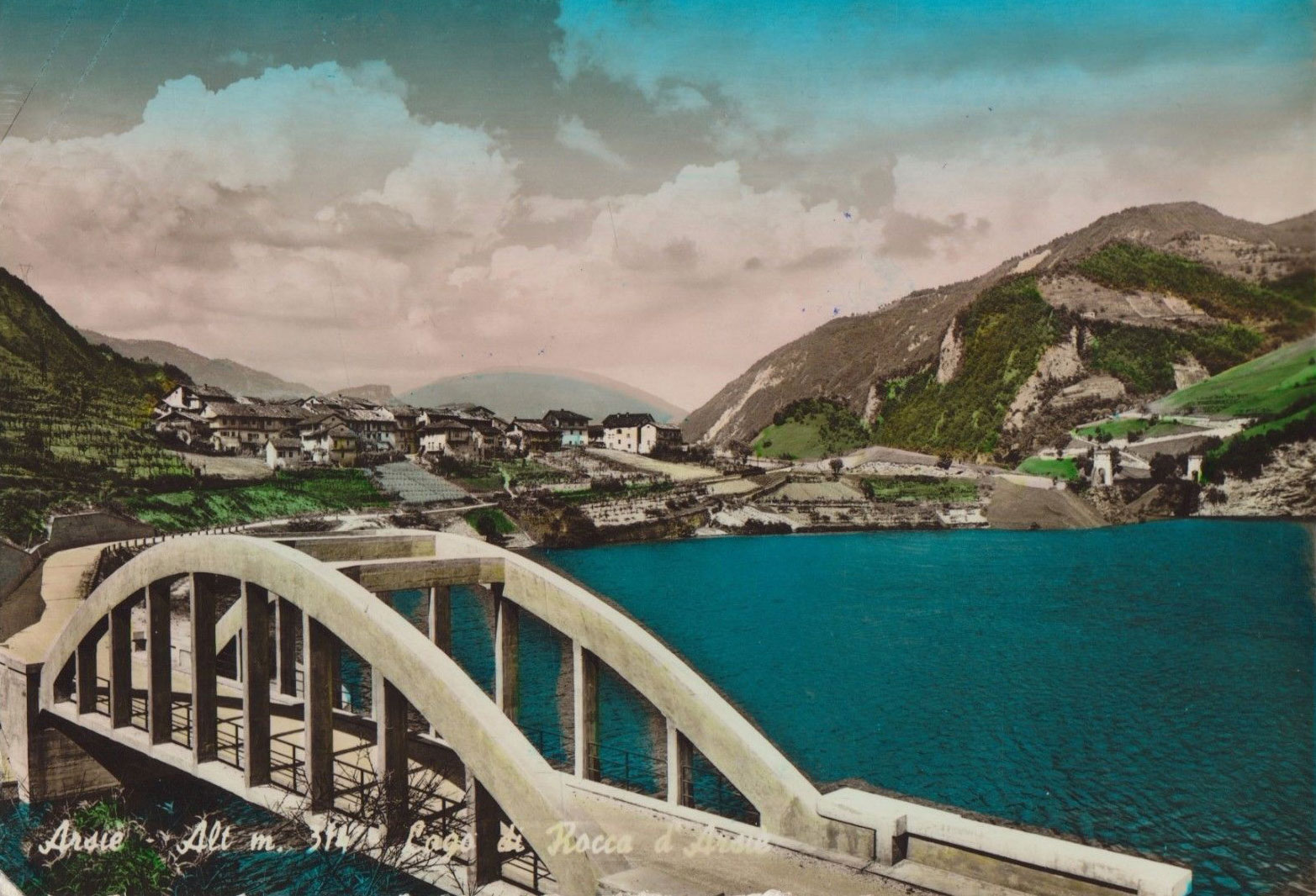
1957
Don Antonio departs Incino on June 4. The curacy register faithfully reports alms collections: each family had to pay the following quantities of provisions:
a. 5 beech trees with copper sulfate
b. Grapes: 10 kilos
c. Potatoes: 10 kilos
d. Beans: 2.5 kilos
For grapes, potatoes, and beans, their value could be furnished in money.
On June 6, the new curate Don Elisio Salmaso arrived. The Curia of Padua had first thought to appoint Don Sergio Bartolomiello, who was then a chaplain in Arsiè, but he declined the post.
The town government rebuilds the public lighting system throughout the township. Incino is allocated £36,099 and 7 lamp posts are installed.
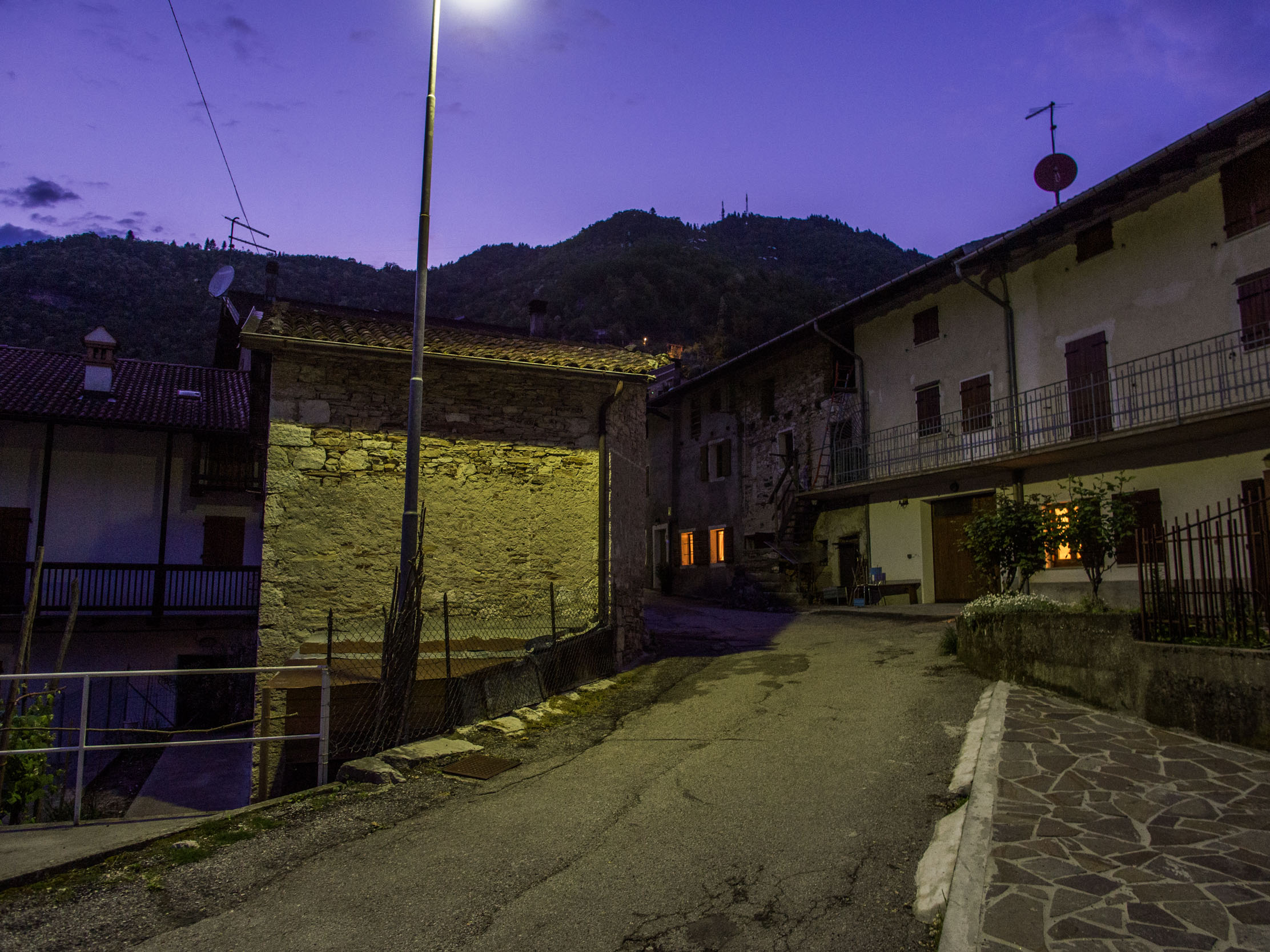
Tragic is the summer of 1957: on July 11, Celeste Zancanaro, son of the late Giovanni, dies in a blaze where he lived in Cici. On July 14, Aldo Nardino (“Conco”), dies at age 6 after falling from a terrace retaining wall.
1958
On August 15, the decennial celebration was held in honor of the Madonna della Salute. By outward appearances it was subdued, due to the lack of helping hands, but the spiritual participation was intense. It was observed prior to November 21 for the following reasons: the chance of raw weather in November, and the many emigrants who come for the summer holiday, it’s much harder for them to come in November. The three-day triduum of preparation was preached by Cismon’s pastor Don Dino Secco; Monsignor Bartolomeo Codemo, chaplain of the Fatebenefratelli Institute of Bassano celebrated Solemn Mass. That evening toward nightfall Vespers was held, then the procession came with the revered statue of the Blessed Virgin della Salute, through the lighted streets up to the shrine.
October, 1958
Work begins on the new cemetery. The cost was £2,165,000, to be paid by the township.
An estimate by the town pegs grape production in Incino at about 1,000 quintals, a third of which is white grapes.
In autumn, a great change comes to Incino: SIP connects the village to the national telephone network. The first switchboard is placed in the house of Pasqua Zancanaro (“Milgia”), then the proprietor of both a tavern and a grocery store.
1959
May 10
Francesco Martinato is the first to be buried in the not-yet-consecrated cemetery. Before then, the dead were buried in Rocca’s cemetery, going back to 1674. Before then, the dead were buried in Arsiè’s cemetery.
July 4: Blessing of the Cemetery
Monsignor Girolamo Bordignon, Bishop of Padua, arrives in Incino at 5:00 P.M.. In the church he administers confirmation to a few children, blesses the statue of the Madonna that will make its pilgrimage to Incino’s families, then walks to the new cemetery for the solemn consecration.
Among the authorities worth mentioning: Monsignor Angelo Zanella, vicar forane and pastor of Fonzaso; Don Francesco Vidale, pastor of Rocca; Don Dino Secco, pastor of Cismon. Also present were the mayor and deputy mayor of Arsiè.
July 5
Mary’s pilgrimage to the families begins. Each day the Virgin visits a different family and is welcomed everywhere with enthusiasm and ardent faith. The immaculate saint was also brought to Corlo where she stayed 3 days. The pilgrimage concluded on the first Sunday in September.
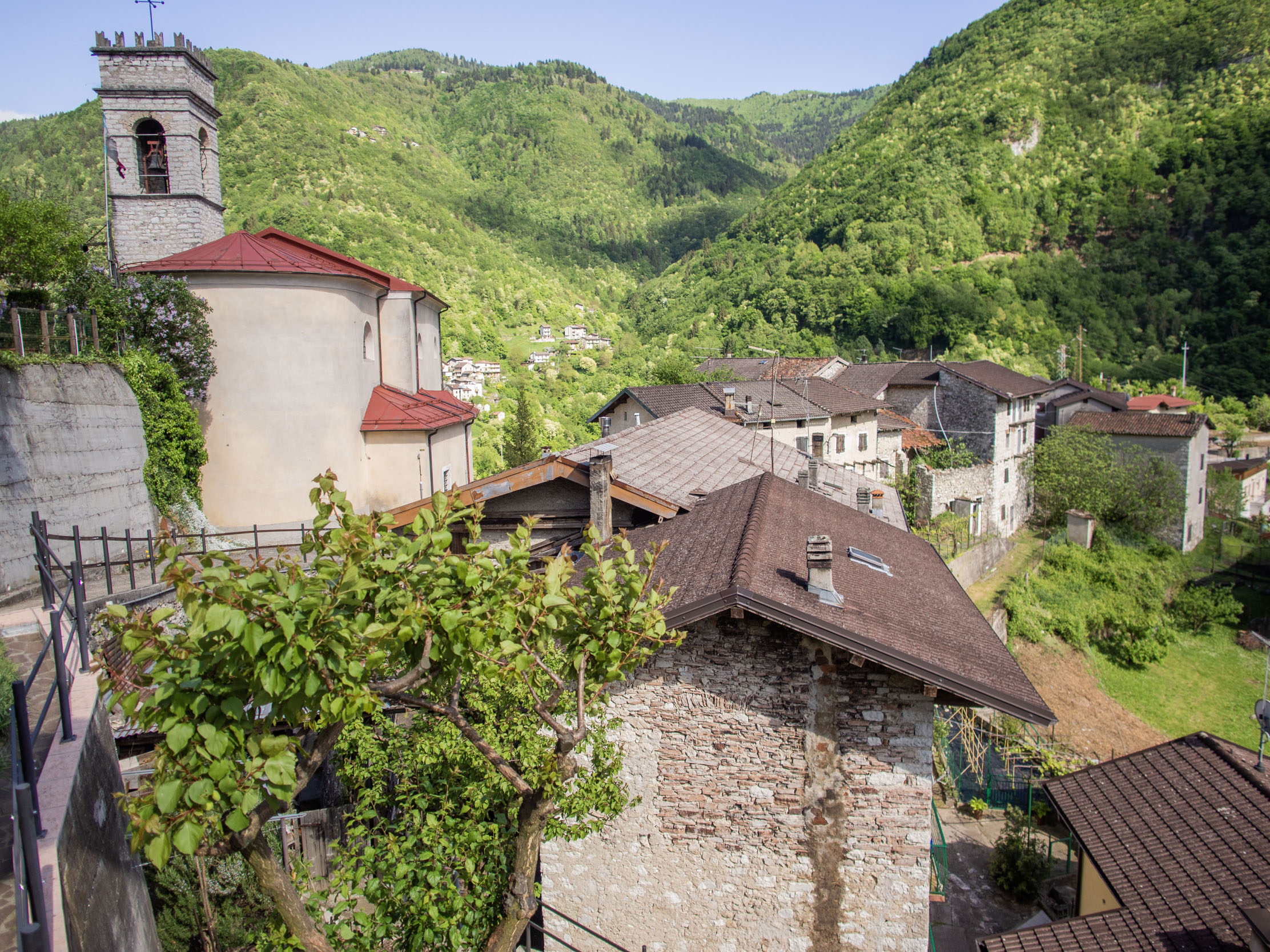
December 4: Santa Barbara’s Day
The bells are electrified. The work was started some months before, but without electrical current the results were unsatisfactory. In November, the electric company of Bassano updated all the lines from the Cismon Bridge to Incino, bringing three-phase current into the village. The Fagan di Marola Company of Vicenza finishes the work and today the feast of Santa Barbara is rung in by three bells in perfect concert.
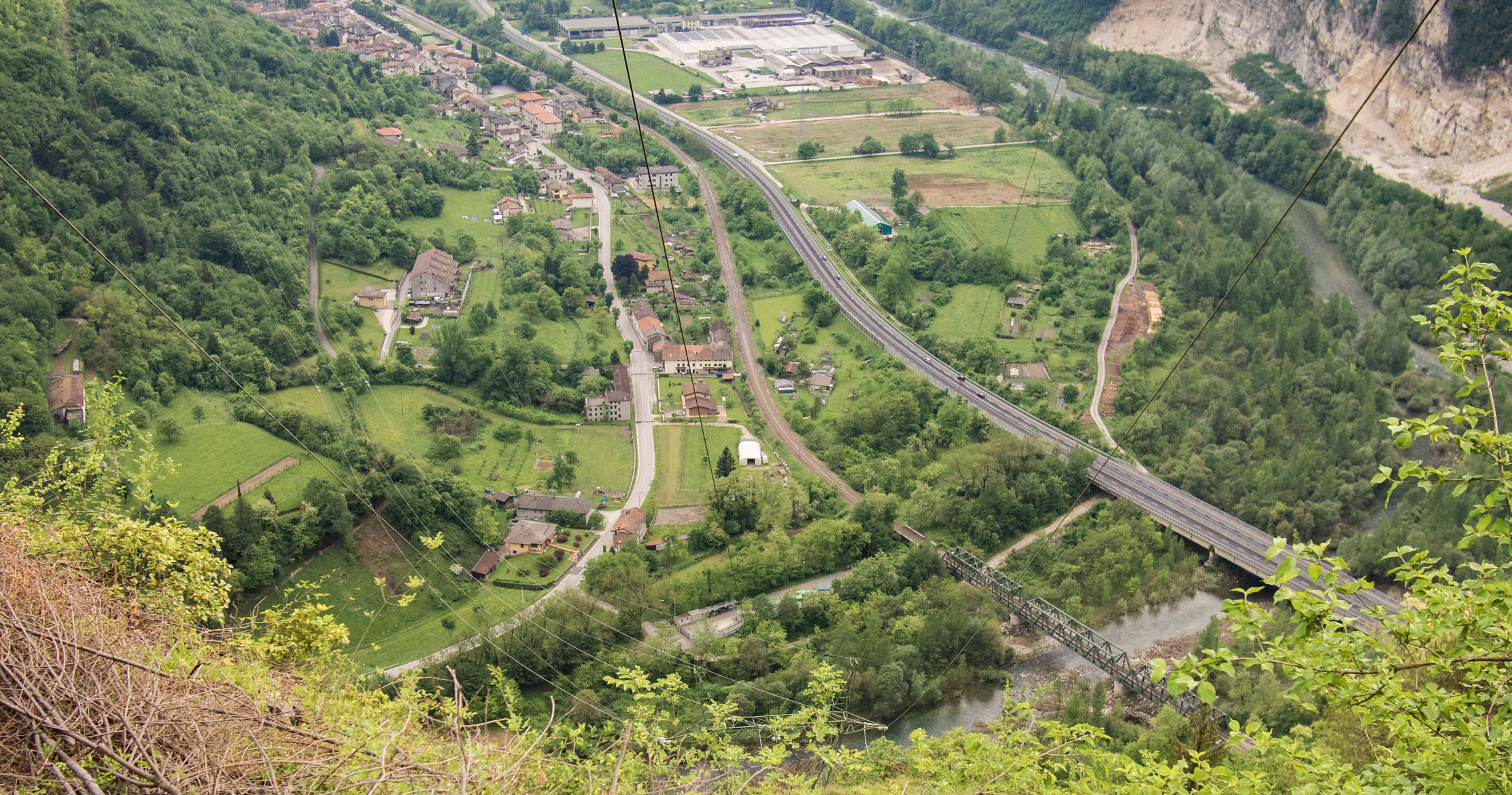
1960
On June 17, curate Don Eliseo departs for a new destination: Economic Vicar of San Giovanni di Bigolino (TV)
On June 23, Don Bruno Nardo is named curate of Incino, and departs Fratte di Santa Giustina in Colle to come to this little mountain hamlet, where the good, religious population welcomes him as their loving spiritual father.
On August 15, Don Bruno blesses the new shrine in Casere where a statue of the Madonna Pellegrina is installed. It’s a completely modern sepulchral chapel on a rectangular plan, supported by two pilasters. Today, mass is celebrated there from time to time.
On August 26, with a decree from the President of the Republic, the curacy of Incino is recognized for all civil purposes.
On October 27, three altar boys from Incino enroll in the lower seminary in Thiene after passing the admission test with flying colors. Two other boys enroll in religious seminaries but only one of the five will rise to the priesthood.